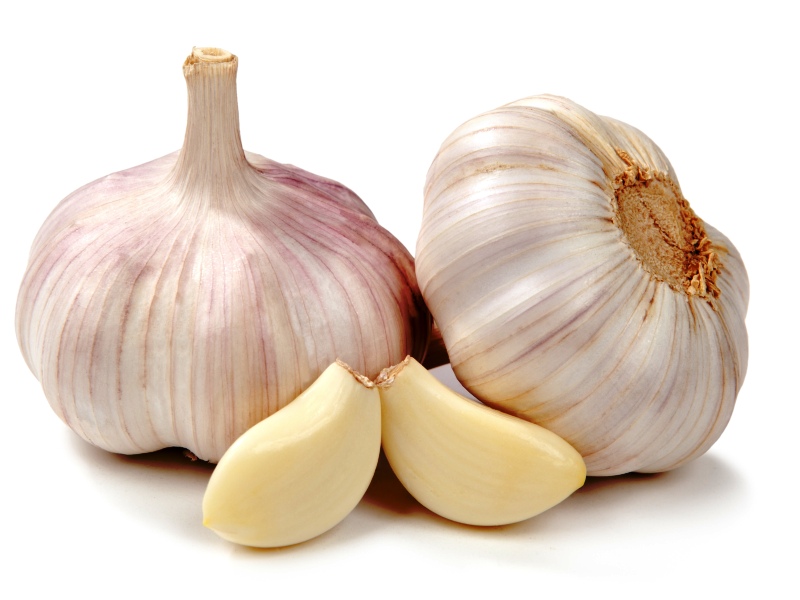Content:
Petunias are truly gorgeous brightly colored flowers that look spectacular on the balcony, windowsill or in the front garden. The plant is perennial and loves warmth. If, with the onset of cold weather, you do not take care of comfortable conditions, it will turn into an annual plant. That is why many novice agronomists are wondering how to save petunia until next year, or how to cut petunia for the winter.
Rules for carrying out cuttings at home
Petunias are propagated in two main ways: cuttings and seeds. Sowing seeds is not always a rewarding affair, as they often do not germinate. And some varieties cannot be propagated in this way at all, because the flowers do not give seeds. It is much easier to save and preserve plants by cuttings.
If necessary, cuttings can be carried out year-round. In this case, ampelous varieties and calibrachoa will be saved. But the most favorable time for cuttings is winter and spring (especially true for terry varieties).
Cutting petunias for the winter
How to keep petunia until spring and how does petunia winter in general? Winter care for a potted plant in an apartment, cellar or basement is a moderate temperature regime, good lighting and reasonable watering. In the fall, it is first necessary to transplant the mother in order to store it in favorable conditions.
Petunias at home in winter feel the most comfortable. The optimum temperature for their maintenance is +16 degrees. It is not recommended to increase the temperature, otherwise the petunia will need more light. The culture does not need frequent and abundant watering. To accelerate growth and strengthen it is recommended to apply nitrogen-containing fertilizers to the ground.
To do this, cuttings are cut off from flowering individuals, a prerequisite is that the processes must have 2 internodes. The length of the cut branches is from 8 to 12 cm. They must be cleaned of the lower flowers and leaves. The containers are pre-filled with fertile soil. You can use a universal soil for flowering plants.
A drainage layer can be used if necessary. Most growers are convinced that the presence of a drainage layer is necessary for the propagation of petunias. But you can do without it.
Planting is carried out without processing the cut. The seedling is not buried very deeply in the soil, the growing point must be above the ground. After planting, the soil must be tamped a little and watered abundantly. To create greenhouse conditions, plastic bags are put on the containers or covered with plastic bottles. To ventilate the plant, it is recommended to remove the cover for 20 minutes daily. Otherwise, the likelihood of fungal infections increases. In such conditions, it is necessary to keep the plant for about 2 weeks.
Rooting cuttings involves the same steps as cutting in spring and summer.
Spring and summer cuttings
In spring and summer, cuttings are recommended to prolong flowering.Subject to all the rules of agricultural technology, flowering will last until the first frost.
Cuttings in autumn
Experienced agronomists strongly advise against cutting petunia with the onset of autumn. But if there is an urgent need, it is better to do this in the second or third decade of September.
The landing procedure is the same as in winter, spring and summer.
Cuttings in soil
At any time of the year, especially in winter, it is convenient to plant cuttings not in water, but in the ground. To do this, you will need to first prepare small containers with fertile soil. For planting small cuttings, it is recommended to use peat tablets rather than fertile soil. This promotes the growth, development and flowering of young crops.
After three weeks, as a rule, the cuttings are finally rooted in the ground. It is worth making sure that the plant has a lot of personal space, they do not tolerate constraints well. If young plants are transplanted into flower pots, the containers should also be voluminous. It is strictly forbidden to plant several plants in one pot. The more space for the petunia, the more luxuriant it will bloom. For lush flowering, it is recommended to pinch the bushes regularly.
After about 2 months, the plants begin to bloom willingly.
Cuttings in water
Petunias can also be cut in water, but this method cannot be used for breeding terry varieties.
The cuttings are prepared in the usual way. Twigs 10-12 cm long are cut; at least 5 leaves should remain on each seedling. The lower shoots and leaves must be removed. The cut branches are immediately placed in a container with boiled water at room temperature. It is recommended to store plants in a dark place, where they will develop faster. It is better to use containers made of dark material, but not transparent. It is imperative to create greenhouse conditions for the cuttings; for this they are covered with a plastic bag or a cut plastic bottle. As needed, water must be added to the container.
As a rule, after 1.5-2 weeks, roots begin to form in the cuttings. They will still need to stand in the water for about a week and then they can be planted in the soil. Optimal conditions for young shoots in the soil: no drafts, stable air temperature and humidity.
Benefits of keeping petunias in winter
Main advantages:
- Lush and early spring bloom. Adult crops or cuttings taken from them can begin to bloom as early as February or March. This can happen even in regions with unfavorable climatic conditions, for example, in Siberia, the Urals, etc .;
- Ease of obtaining adult seedlings. For this, there is no need to sow seeds, watch out for weak shoots. Subject to all agrotechnical rules, the planted stalk begins to bloom after 2-2.5 weeks.
- Vegetatively propagating varieties of petunias will be stored until spring.
Advantages and disadvantages of grafting
There are several ways to propagate a plant, but the cuttings method is the simplest. Even a novice agronomist is able to realize what he wants and extend the life of a plant. The benefits of propagation by cuttings:
- All the characteristics of the cultivated variety are preserved, including the color of the flowers.
- The root system forms and develops more actively, as a result the flowers bloom faster.
- You can use this method throughout the year.
- As practice shows, almost all planted cuttings take root.
- Using the seed method of reproduction will require much more effort.
- The most budgetary way to breed a culture. The use of seedlings or seeds is financially costly.
As for the disadvantages, they are absent. The only thing that needs to be adopted by the agronomist is that the uterine samples, whose shoots will be used for reproduction, should not have mechanical damage, should be healthy and without obvious signs of pest damage.Otherwise, it will not be possible to propagate petunias, young shoots, most likely, will not take root and die.
Petunias, despite their attractiveness, are rather wayward and capricious flowers. But if you follow agricultural techniques and study all the rules of cuttings, it will delight the eye with lush flowering.















